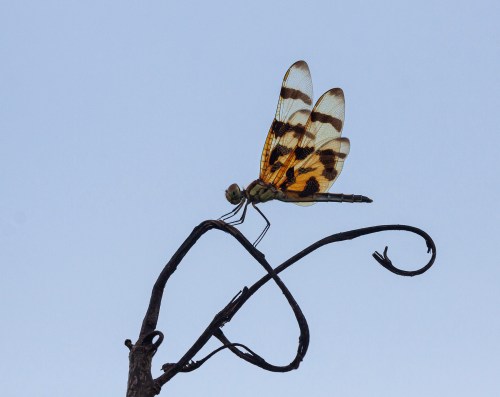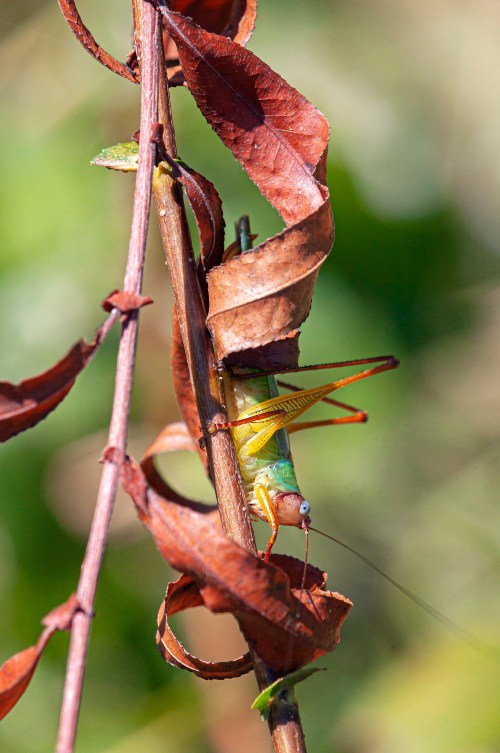When it comes to posting photos, where do you you draw the line? Do you carefully curate your images and post only the ones that make you look good as a photographer? Do you worry about your “image” and reputation? I remember someone telling me once that the true sign of professionals is that they present only their absolute best work to the public.
I am proud to say that I am not a professional by that definition and I post photos that I find interesting, cool, or quirky, irrespective of the supposed quality of the images. I do not really care all that much about my personal image and have never had a goal of attracting a large audience of “followers.” I post images that appeal to me in some way and hope that some viewers will have a similar reaction
My photos (and my blog) are a reflection of the way that I see the world and my simple objective is to use my images and words to share my perspectives with others, i.e. to help them to see the world through my eyes. For me, the natural world is full of endless wonder and unlimited beauty, a place to explore and channel my curiosity and creativity.
I have gone off on a bit of a tangent in this posting, but I woke up this morning in an introspective mood and wanted to share some of what is going on in my head at this moment. The three images below are ones that I have taken over the past two weeks at Occoquan Bay National Wildlife Refuge and are a bit more “artsy” than my usual images, which tend to be more detailed and close-up.
The first image shows a pair of Hooded Merganser ducks (Lophodytes cucullatus) flying away from me over the water. I really like their shadowy reflections and the parallel lines of the water. The second photo shows a Pied-billed Grebe (Podilymbus podiceps). Although I captured the details of the bird pretty well, it is the rippled reflection that really grabbed my attention.
The final photo is a minimalist environmental portrait of a Belted Kingfisher (Megaceryle alcyon). Silhouettes work best when the shape of the subject make it immediately recognizable, which I think is the case here. I like the way that the angular protrusions of the branch match those of the bird. The image is mostly black and white, but I really like the way that you can see a bit of the blue sky peeking through in the upper right corner of the frame.
So what do you think? Would you have thought to capture these images? Would you have been willing to share them with others? Where do you draw the line?



© Michael Q. Powell. All rights reserved.
Read Full Post »


































































